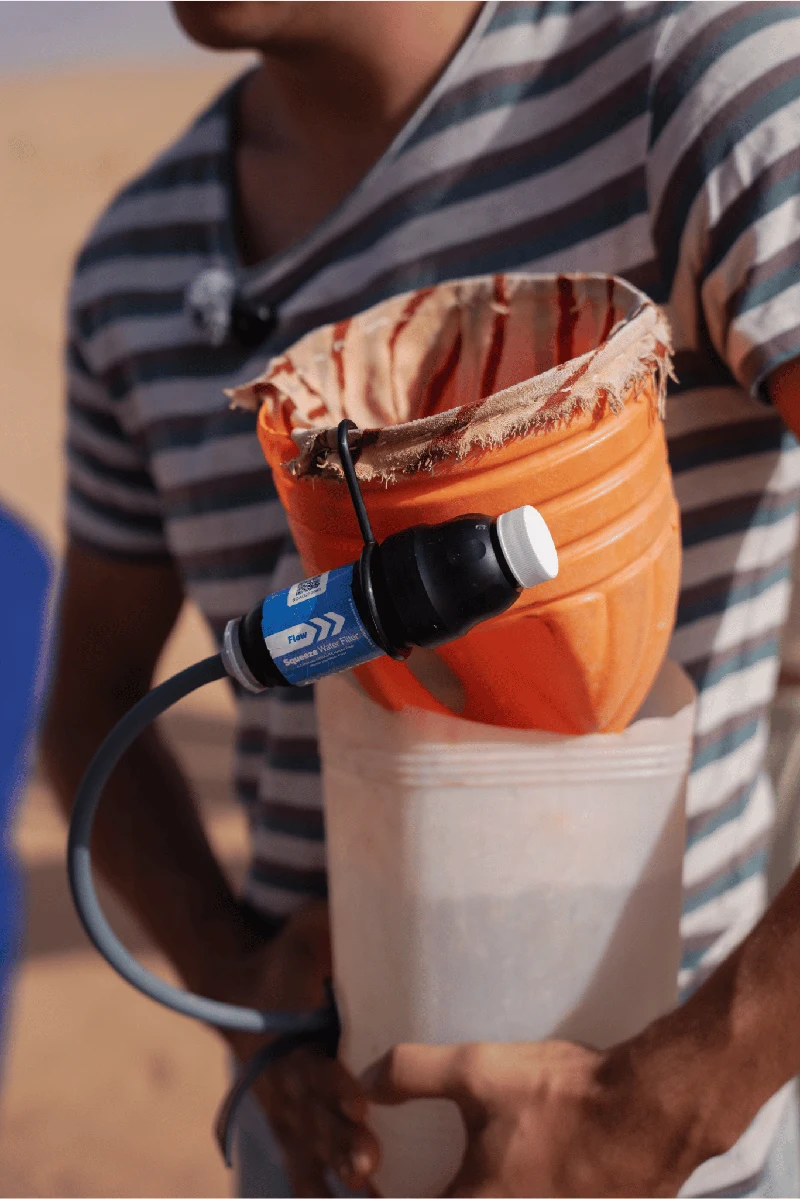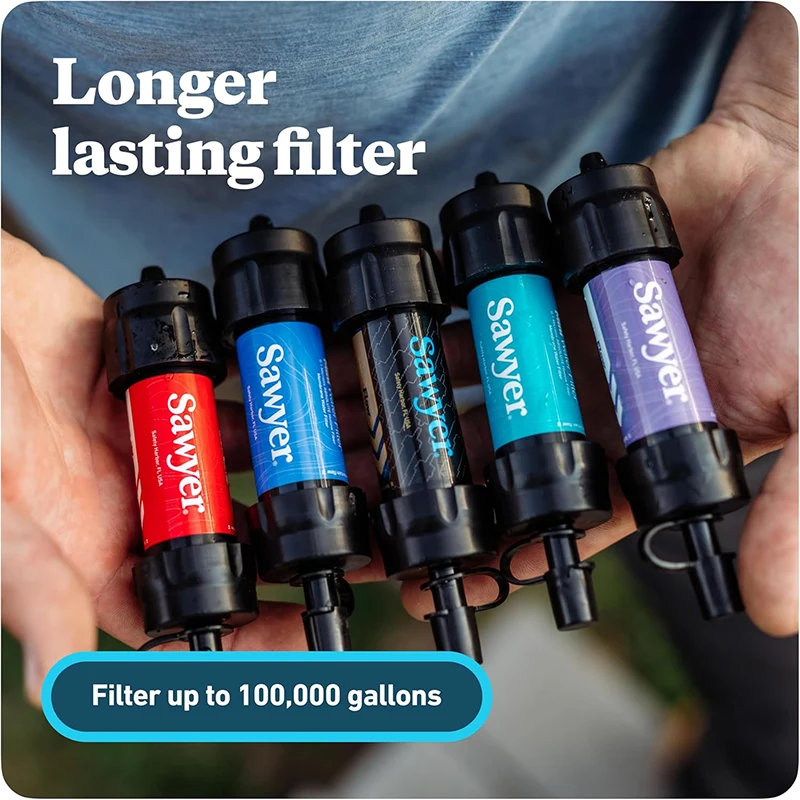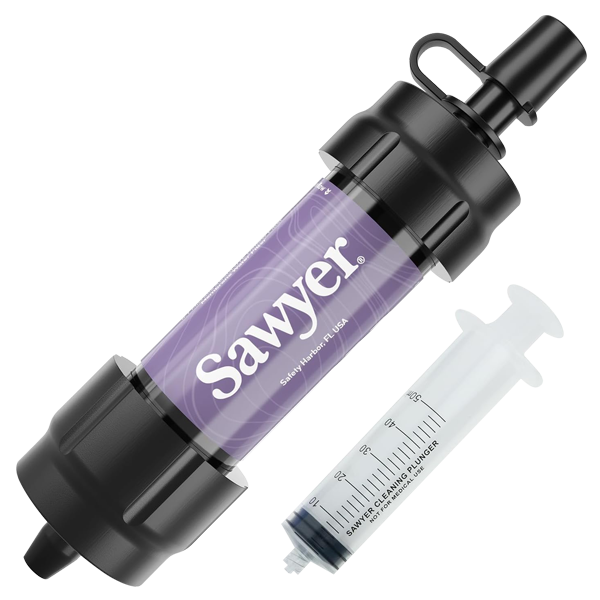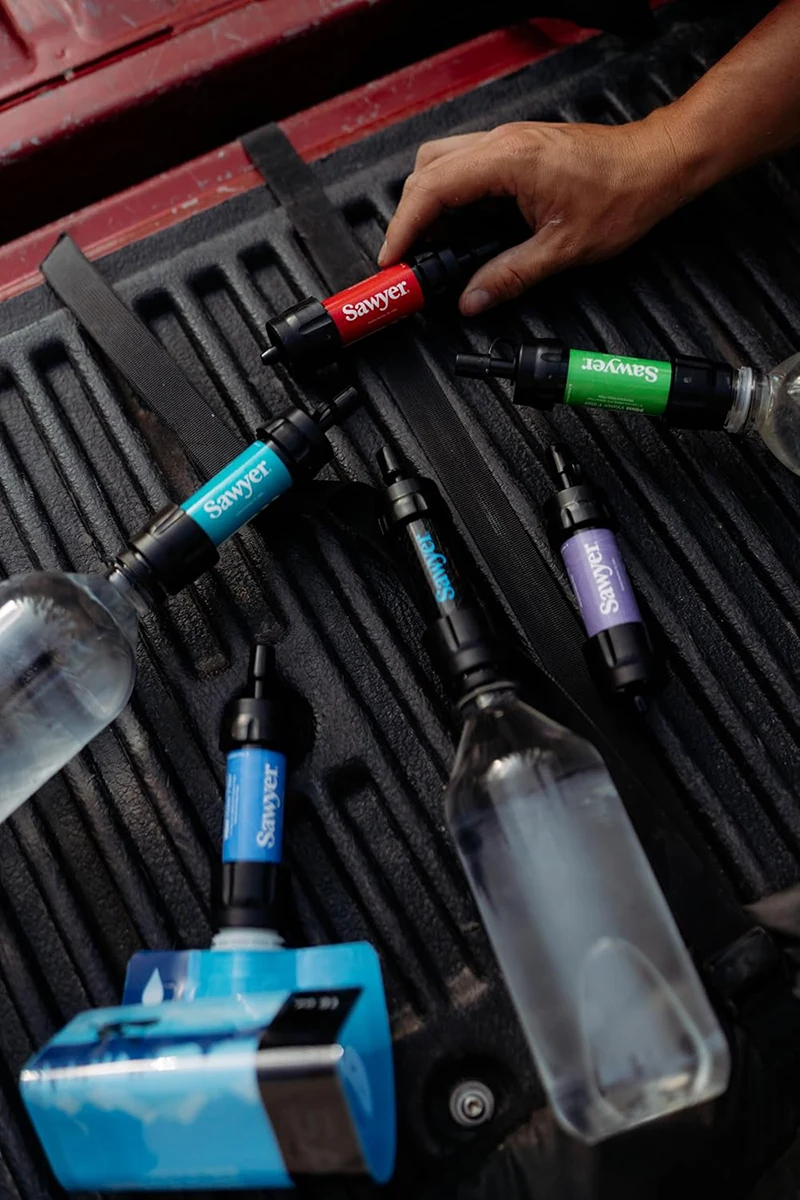

One of my most memorable early backpacking trips was a three-day adventure to a popular lake destination in Washington State. Our campsite was nestled in a dark wooded area just a few hundred feet from the lake.
What should have been a fantastic trip filled with swimming and great experiences quickly turned into a prison-like ordeal, as we found ourselves trapped in our hot tents trying to escape the relentless mosquitoes.
Each day of hiking was followed by hours of vigorous swatting at what felt like an endless cloud of mosquitoes. I left that campsite with countless mosquito bites, feeling like I had contracted chickenpox.
This experience greatly diminished my desire to be outdoors, something that, in hindsight, could have been easily prevented.

Spending time outdoors is an unparalleled experience that I personally love. Whether it's hiking, camping, kayaking, swimming, or all of the above, there is no better feeling than being in nature.
However, one significant issue that accompanies outdoor activities is dealing with pesky insects and their irritating bites.
Bug bites have been a persistent annoyance ever since I began exploring the backcountry. Despite their small size, these pests can cause significant discomfort and detract from the outdoor experience. On numerous occasions, I have found myself on a backpacking trip, constantly itching and swatting at flies and mosquitoes, taking away from the moments I love.
Hiking or backpacking during the warm summer months often means exposing yourself to a wide range of bothersome and potentially harmful insects. While we cannot completely avoid insects while enjoying the outdoors, there are effective ways to mitigate their impact.
Read on for an overview of the most common biting bugs you may encounter and ways to keep them at bay, allowing you to enjoy the outdoors comfortably and confidently.
Who's out there?

Mosquitoes: Mosquitoes are found worldwide, thriving in warm, humid environments with standing water, such as marshes, lakes, and urban areas, and are most active from dusk to dawn. They can transmit diseases including malaria (fever, vomiting, chills), Zika virus (severe birth defects if pregnant women are infected), and dengue fever (headache, muscle pain, rash).

Ticks: Ticks thrive in wooded and grassy areas, and can be found on every continent on Earth. They prefer humid environments and are active during spring and summer, though they can be a year-round threat in warmer climates. Ticks can transmit Lyme disease (bullseye-shaped rash, fever, fatigue, joint pain) and Rocky Mountain spotted fever (severe respiratory issues, bleeding disorders, death if untreated), as well as a host of other diseases that are specific to the species of tick you're facing.

Black Flies: In the US, there are many species of biting flies that you may encounter. Black flies are common near fast-flowing rivers and streams, especially in the northeastern United States, Canada, and parts of Europe. They breed in running water and are most active in late spring and early summer, particularly in the mornings and evenings. Outside of the US in sub-Saharan Africa, Latin America, and Yemen, black flies can transmit river blindness, with symptoms including severe itching, bumps under the skin, and permanent loss of vision.
Keeping Biting Bugs at Bay

Understanding the risks associated with these insects can help in choosing the right protective measures. Sawyer offers a range of products designed to provide effective protection tailored to different environments and exposure.
Have No Fear for Fabrics and Gear: Protection by Permethrin

Sawyer Permethrin is ideal for treating gear and clothing. It’s particularly useful in tick-prevalent areas like forests or grassy fields, but also repels over 55 other types of insects and bugs. Permethrin-treated fabrics effectively repel and kill ticks and mosquitoes, reducing the risk of disease transmission.
In fact, you're 73.6 x less likely to be bit by a tick by just treating your socks and shoes!
This treatment remains effective for up to 6 washes or 6 weeks of UV exposure, providing long-lasting protection. It’s a great choice for outdoor enthusiasts who frequently hike, camp, or work in tick-infested areas.
A Terrific Topical: Sawyer's 20% Picaridin

Sawyer’s 20% Picaridin Insect Repellent is perfect for use directly on the skin and is especially effective in regions heavily populated by mosquitoes and biting flies. It provides up to 12 hours of protection against mosquitoes and ticks and 8 hours against other biting insects like gnats and black flies. Unlike DEET which can damage gear, Picaridin does not have an unpleasant odor or sticky residue, making it more comfortable for daily use, and safe for the whole family. Picaridin is ideal for travelers and outdoor adventurers who need reliable, long-lasting protection.
Topical Tip - Sawyer's Picaridin is dose-specific, so don't be afraid to really lather it on for maximum effectiveness!

Incorporating these protective strategies into your outdoor planning is essential for anyone looking to enjoy the great outdoors sans biting bugs.
Applying these repellents according to product guidelines maximizes their efficacy and provides peace of mind, allowing you to focus on enjoying your outdoor adventures while staying protected from bites and diseases.
दस्ते से
हमारे समुदाय के साथ कैम्प फायर वार्तालाप, स्क्वाड सदस्यों और राजदूतों से लेकर ब्रांड पार्टनर्स और सॉयर टीम तक।

















